Ever taken a cat to the vet's to have its claws removed? Many do, thinking it's a quick fix for scratched furniture. But there's a lot more to it, and the aftermath is not as rosy as you might think.
This is not a simple manicure; it's a life-altering procedure that often leaves our furry friends in distress and pain. And the consequences? They extend beyond just the physical.
In this article, we'll discuss declawing - what it truly involves, the unforeseen issues it triggers, and why it's often considered inhumane. If you're tempted to declaw, read on. We also share a list of kinder, more practical solutions to keep both your furniture and your cat safe.
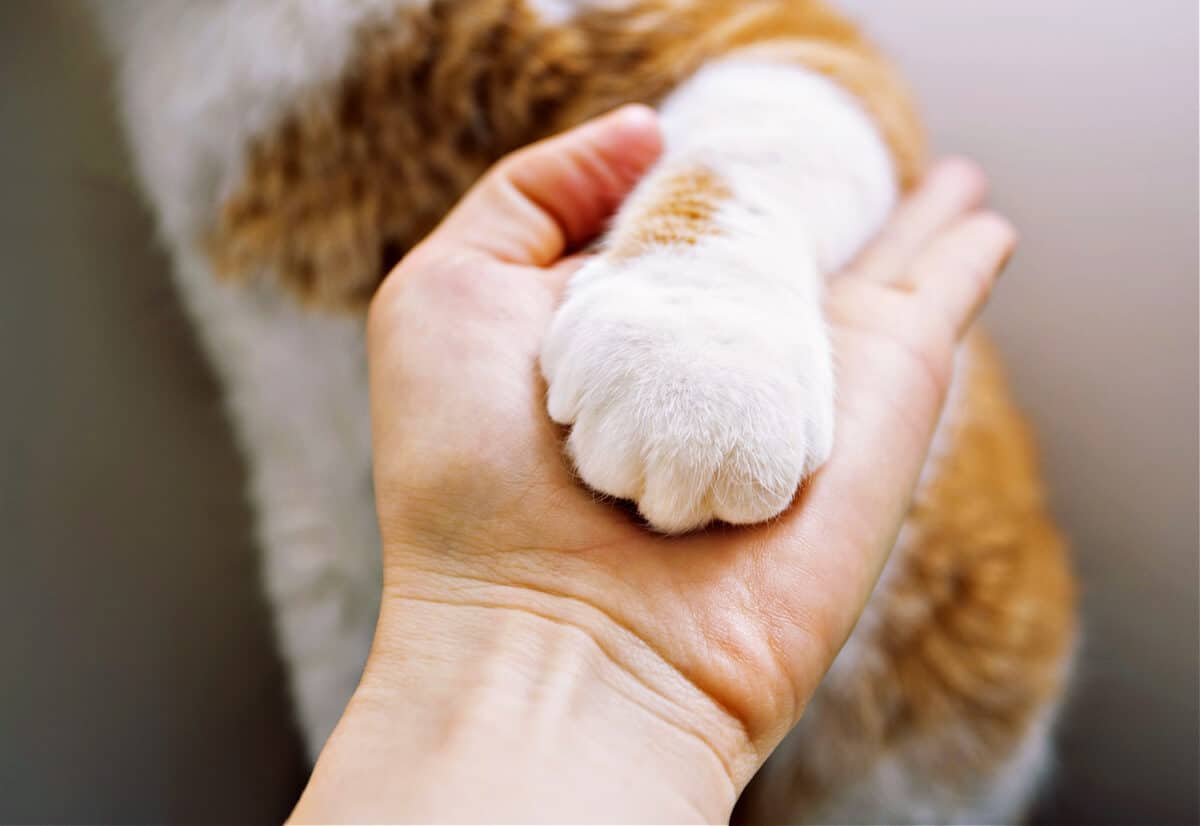
A Personal Look At Declawing
At the veterinarian's office, the family proudly smiled at their newest addition to the family. But the cat didn't smile back; it was still groggy from the anesthesia. That was just as well; blood was seeping through two of the four bandages covering his little paws.
The children were eager to cuddle him, but the vet patiently explained that the cat needed rest, and soon he'd be good as new. The vet tech who held the cat pondered that.
"Good as new? How could that be? He's just been mutilated, for goodness' sake. And once the anesthesia wears off, the secondary trauma -- the long-term trauma -- begins."
Understanding The Procedure
The little boy asked, "When will Tommy-Cat be able to play again? We just bought a new, extra-wide scratching pad for him." The vet looked confused, as he gently explained, "Oh no, little guy, he won't be able to use a scratching pad. Tommy-Cat doesn't have claws anymore."
The little boy said, "What do you mean, he has no claws anymore? Where'd they go?" "Well," the vet said uncomfortably, "we cut them off." The little boy persisted, "But they'll grow back, right?" The vet looked up to the family. Didn't they explain to the little boy what just happened?
The family meant well. They were afraid that the cat would scratch their furniture, or maybe ruin a curtain, so they did what they thought was a solution. They declawed.
Like most well-intentioned people, they didn't understand the extent of declawing -- it's not just a manicure. The entire claw, tendon, bone, and ligament to the first knuckle of each joint is amputated. It is a major trauma, with long-lasting repercussions.
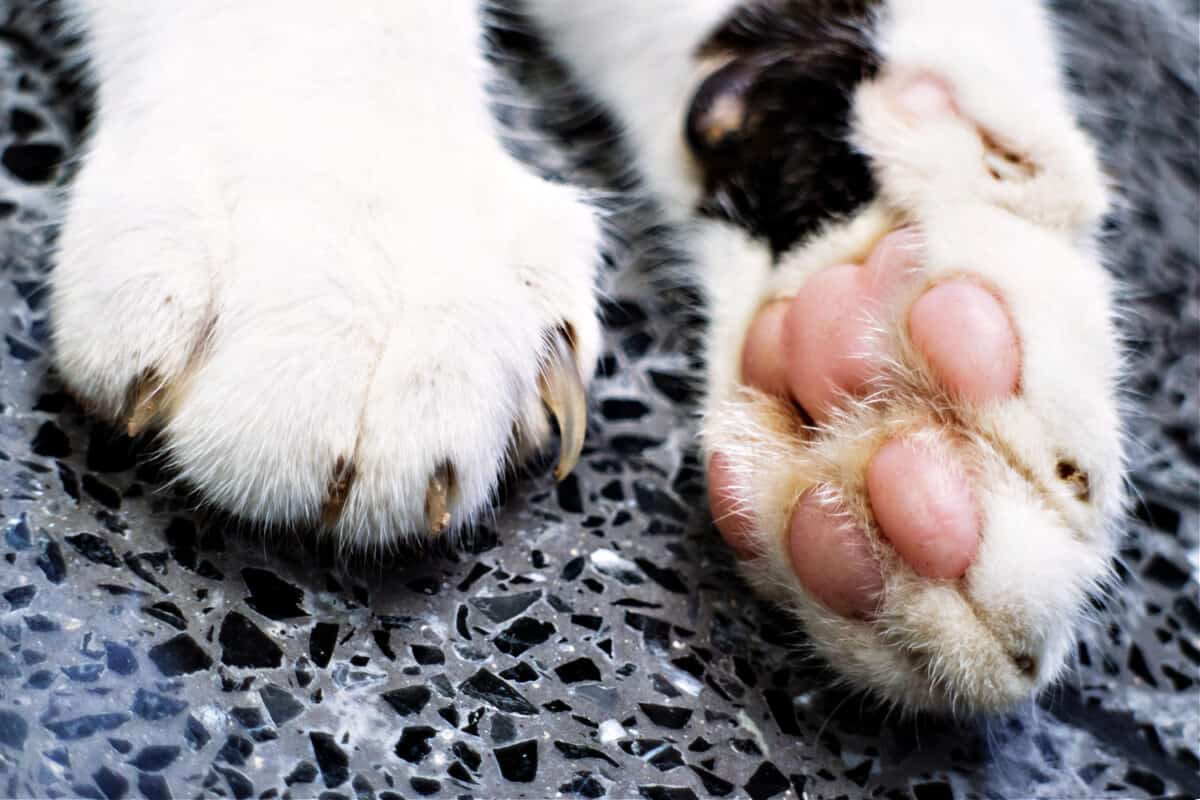
What Happens When A Cat Is Declawed?
During the procedure, the cat's paw is extended. Large nail clippers, similar to pruning shears, crunch through the joint. Hemostats -- clamping scissors -- help tear the joint away from the paw.
The bloody stump is cleaned, and an adhesive is squeezed into the gaping hole where the cat's toe had been. Pressure is applied to stop the bleeding and the paw is bandaged.
Examine your own hand, palm up. Look for the crease at your first knuckle. That's where the clippers crush down to amputate. Imagine having all ten of your fingertips chopped off.
If they were your fingers and toes, there's no one on earth who could possibly tell you that "... soon you'll be good as new."
People who think declawing will solve one problem, are often surprised to learn this: Declawing often starts a chain reaction of medical and psychological disasters.
SIGN UP FOR THECATSITE'S EMAIL UPDATES >
Why Declawing Is Inhumane
Please don't declaw. The possible benefits rarely outweigh the probable negatives. These include:
Increase In Biting
Because their first defenses -- claws -- are gone, declawed cats often respond to stress, and even play, by biting.
Litter Box Problems
Cats cover their deposits. But when they feel pain in their paws, as Annie Bruce, cat behavior consultant and author of "Good Cats Wear Black" reports, declawed cats are far more likely to urinate outside the litter box than cats with claws.
Dr. Kimberly Harrison in Colorado collected data on cats with litter box problems that were not medically related- 90% were declawed cats.
Outdoor Dangers And Loss of Natural Behaviors
A declawed cat can NEVER safely go outdoors. Because he can't fight, a declawed cat will try to escape, usually by running up a tree, and they need front claws to do that. A declawed cat is an easy target for all kinds of predators.
Scratching Is A Natural Behavior
Scratching is a natural behavior. Declawing does not change the need to scratch.
Personality Change
Personality change - Once subjected to this trauma, many cats have residual, 'phantom pain,' similar to what a human experiences after amputation.
They may distrust the person responsible for such pain -- you. Or drastic personality changes can occur after declawing, that gentle tabby becomes a temperamental tiger.
Long-Term Health Problems
Medical studies have only started to document the long-term problems - debilitating arthritis, and pain in the knee and hip joints, because of structural changes from the loss of that first knuckle.
Declawing has absolutely no health benefits for the cat. It's done for human convenience, not feline consideration. Many veterinarians recognize that declawing is inhumane, and won't perform the surgery.
In Australia, England, Finland, Norway, Spain, Portugal, New Zealand, and many other countries, where it is considered inhumane, declawing is illegal. Educate -- don't mutilate.
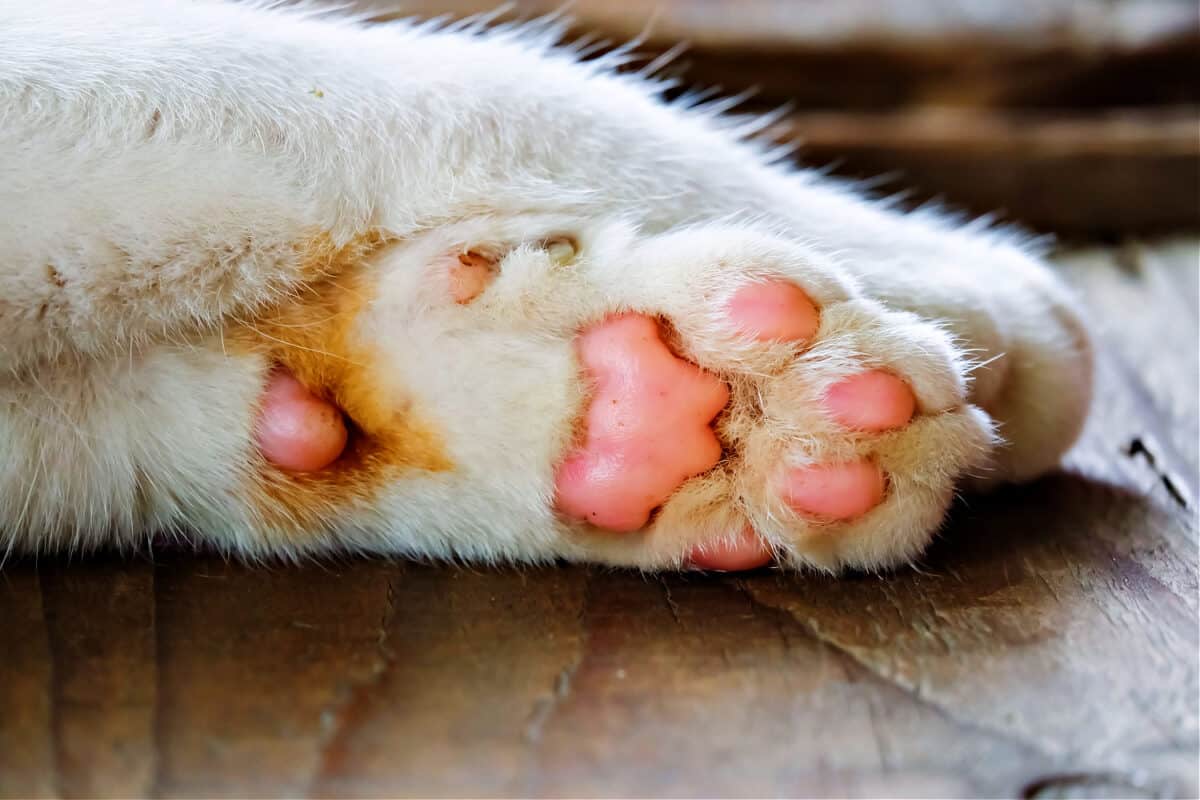
What To Do Instead Of Declawing
Here are easy, available options to consider:
Scratch Pads
Every cat household needs at least two. Flat rectangular ones that sit on the floor, sisal ones that hang from a door- these are available at pet supply stores and through catalogs.
Scratching Post
Get a sturdy one, tall enough for a full-length body stretch.
Sticky Paws
"Sticky Paws" is a double-sided tape that you apply to upholstery that keeps the cat from scratching since they don't like the sticky surface.
Feliway
"Feliway" duplicates the scent of the 'cheek-smell' produced when cats rub their face against something. Because the 'cheek-smell' scent is a 'feel-good' one that basically tells the cat to 'chill and calm down,' when cats rub up against furniture sprayed with Feliway, this applied scent reduces the stress that often prompts scratching.
Kittens
Kittens scratch because they just don't know how to retract their claws. Once older, like adult cats, they can be re-directed against such claw action.
Attention
Attention is an essential substitute. Cats are mistakenly considered to be so aloof and independent, but the truth is they crave attention. Are you spending enough playtime daily with your felines?
Create brief, specific playtimes, twice a day. Even if each one is for only four minutes, it's focused attention.
Soft Paws
"Soft Paws" - vinyl claw sheaths that cover the tip of the claw- don't eliminate the behavior, just reduce the potential damage. Usually applied by a veterinarian.
Distractions
Distractions- keep a small water spray bottle handy. A quick squirt - at their furry tail, not face- will help discourage the act of scratching. Or shake an empty soda can with a few pennies in it - the tinny noise is uncomfortable to a cat's sensitive ears.
Once you interrupt the scratching behavior, direct your cat to an acceptable scratching area, and be sure to reward your cat with praise and petting.
'Tip Of The Nail' Clipping Sessions
Frequent 'Tip of the Nail' Clipping sessions are easy to do- ask your vet how. Then clip the tips every month- more if necessary. Give your cat a treat when done.
Behavior Consultant
Behavior Consultant- Specializing in feline behavior, these experts can make specific suggestions so you, and kitty, and kitty's claws can all happily live together.
SIGN UP FOR THECATSITE'S EMAIL UPDATES >
Additional Reading:
Declawing – Post-surgery Care And Complications
Written by Maryjean Ballner
Maryjean Ballner is a TVAR volunteer, and author of "Dog Massage" and the "Cat Massage" book and "Your Cat Wants a Massage!" videotape. She can be reached toll-free at 1-877-MEOW-MEOW or www.catmassage.com.
Click here to visit Maryjean Ballner's website
Comments? Leave them using the form below. Questions? Please use the cat forums for those!
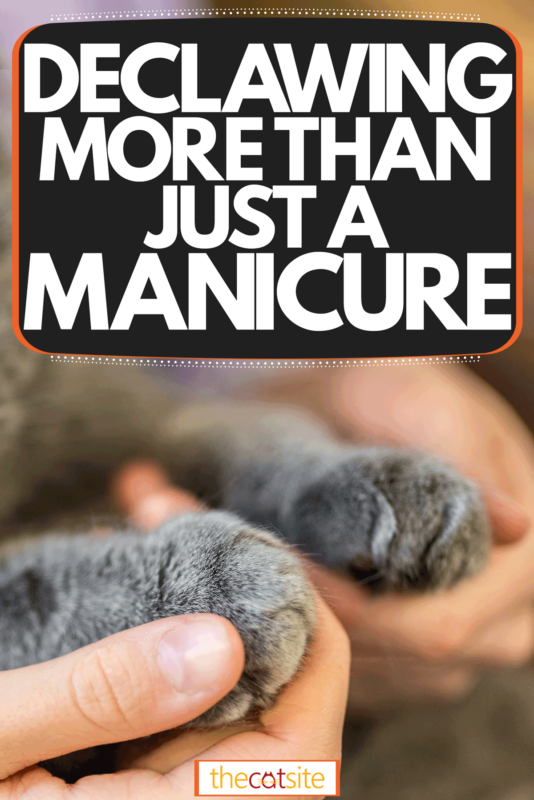
Note: We may get commissions for purchases made through links on this page.

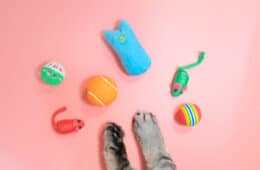

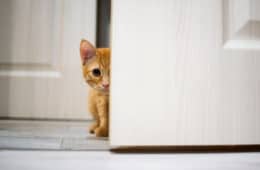
7 comments on “Declawing – More Than Just A Manicure”